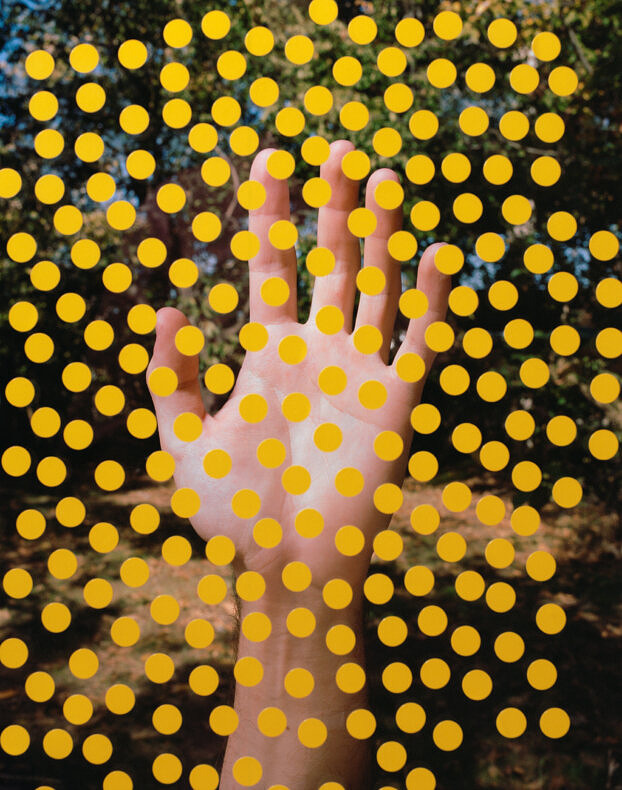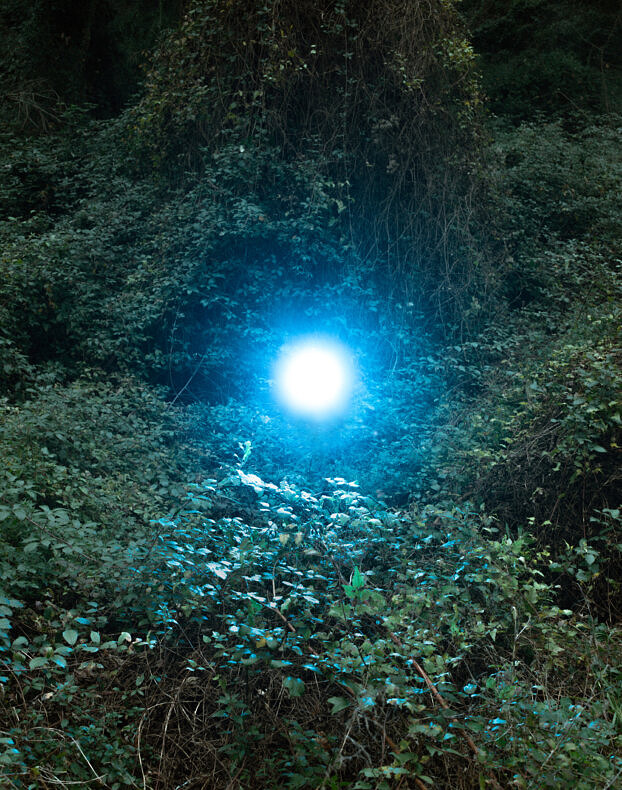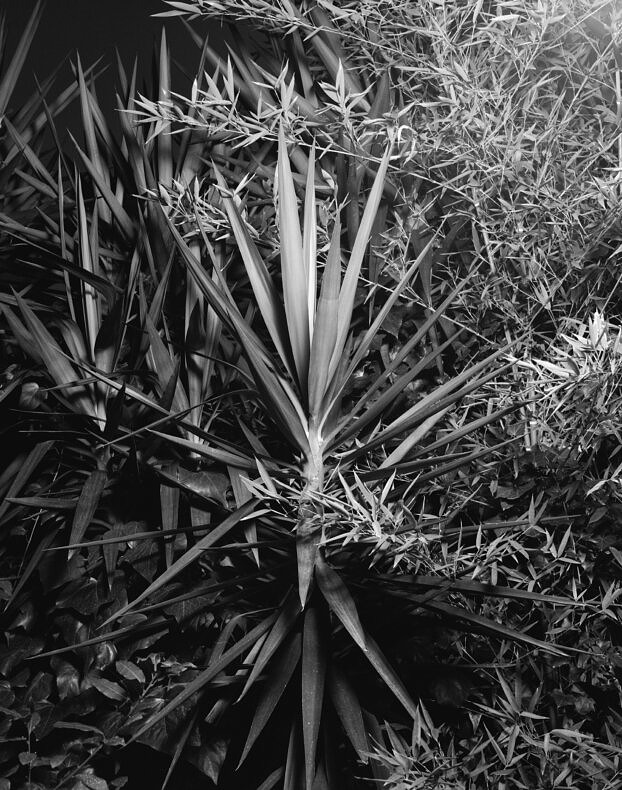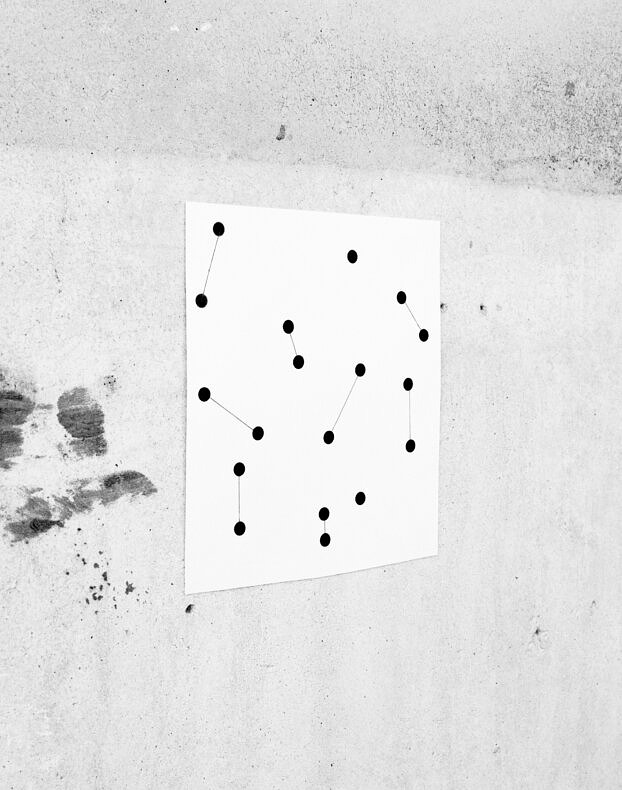





Rhizome is a philosophical concept that describes a nonlinear network of heterogeneous elements that connects any point to any other point.
The concept represents a metaphor, embodying a specific subterranean modification of the herbaceous plant’s stem. Its most interesting feature is that it can autonomously develop new plants even in unfavourable conditions.
The rhizome metaphor was adopted by the philosopher Gilles Deleuze and by the psychoanalyst Félix Guattari in their work “A Thousand Plateaus: Capitalism and Schizophrenia” (Mille plateaux, 1980). It characterizes a type of philosophical research that gives rise to what would later be called” rhizomatic thought”, a type of thought that would have a fundamental nature of allowing an open circulation between concepts, favouring differentiated paths and unprecedented connections. Rhizome would therefore be able to unite very distant elements, concepts and phenomena. It will always be possible to find logical, causal and above all mutually interacting relationships.
Since rhizome is an acentric system, non-hierarchical and free of a fixed order, it contrasts the central, hierarchy-style tree model, where every meaning is arranged accordingly – into a linear way.
Therefore, the goal of this long-term photographic project-series, entitled ” ✻.·.·✧.·.·✦⌇.·.·✧☄︎☄︎.·.·✦⑊” is to collect indefinite number of photographs conceived and irrationally generated by emotional impulses. They’ll then be placed in a rhizomatic order to find connections, original paths, new interpretations and hidden meanings.
All images ©Ciro Falciano